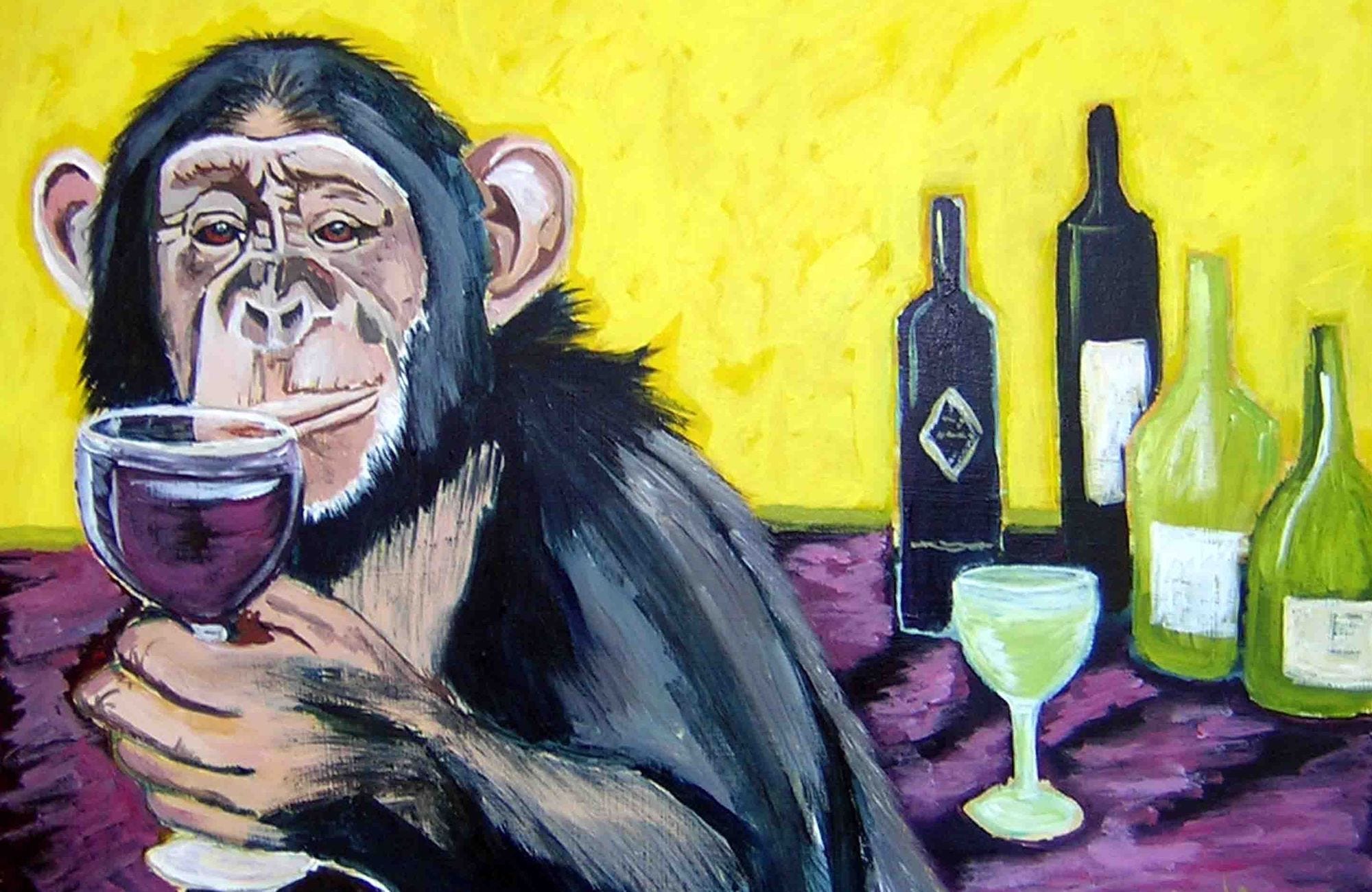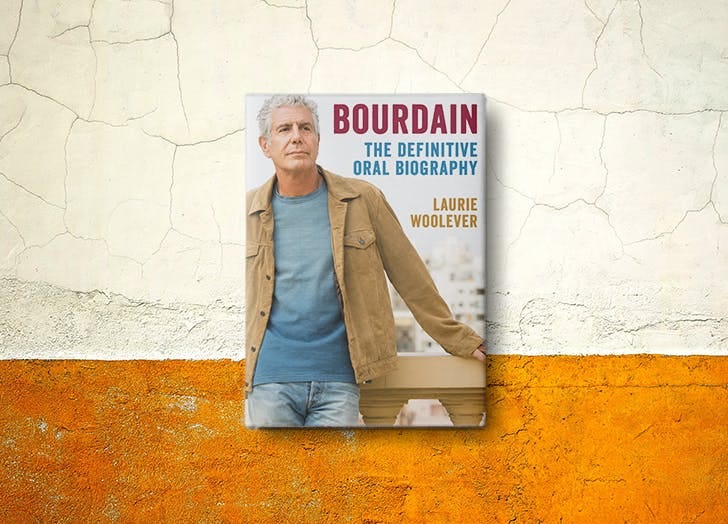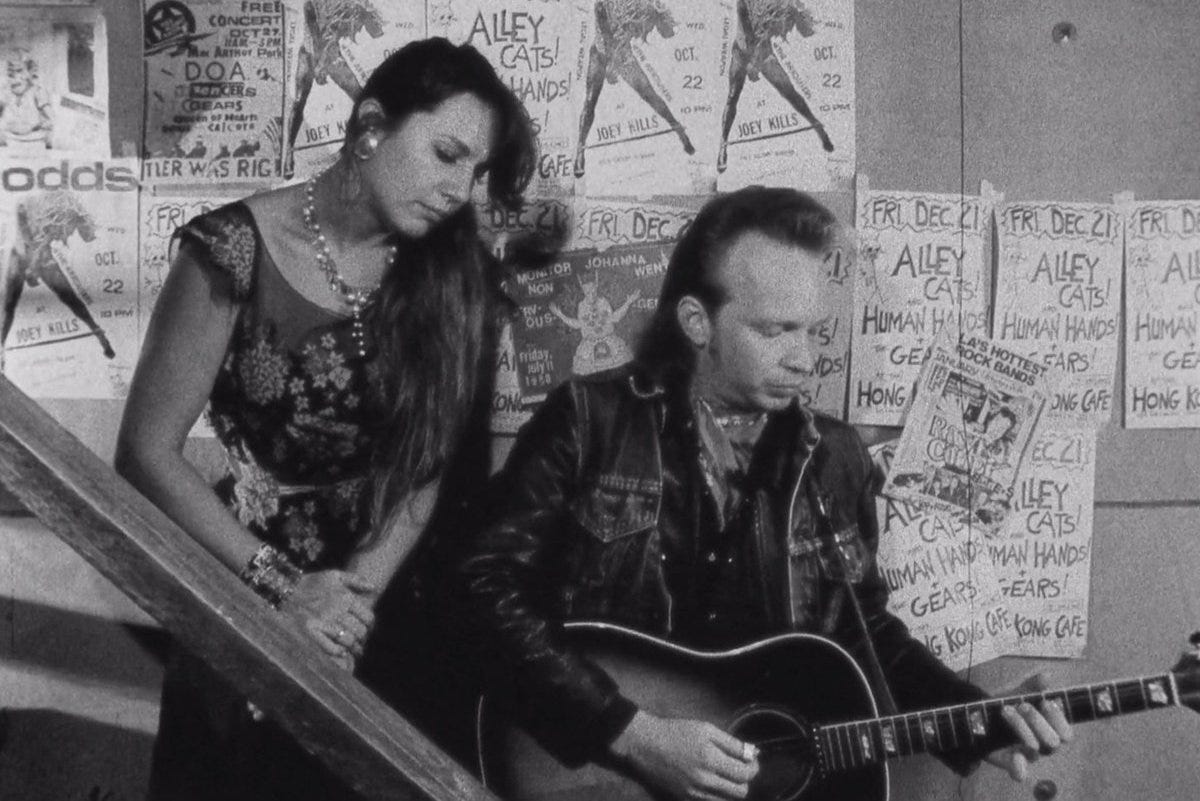A Drink, a Book, and a Song II
How to elevate your gin and tonic. Reading about the rise and fall of Anthony Bourdain. And exploring the soundtrack of a “neorealist” cult classic.
Welcome back. Every week (I’m settling on Fridays), I’ll highlight a tasty drink, an interesting book, and a sharable song with the hope of imparting some useful knowledge or maybe higher-order trivia for the weekend.
That remains my aspiration, anyway.
I. A Drink
As I wrote last week, “Next week will probably be a gin and tonic . . . Maybe. Well . . . probably not. Who knows?”
I regretted it the minute I wrote that, because even though the gin and tonic is about as basic as they come, the drink is easy to screw up and fun to elevate. So gin and tonic it is!
How do you screw up a G&T?
First, use cheap gin or use the wrong gin.
Next, use a second-rate tonic.
Third, forget the lime. (You gotta have lime!)
I won’t spend too much time on gin because tastes vary, and everyone has his or her own brand. The general rule is to avoid Gordon’s and Gilbey’s and don’t adulterate the really good stuff with lousy tonic.
Twenty-one years ago, I wrote a piece for the Claremont Review of Books exploring some popular and beguiling gins. It holds up rather well, if I do say so. All but Tanqueray Malacca remain readily available in the United States, and though I’ve since changed my mind about Hendrick’s—while gimmicky, it isn’t as bad as I remembered—it still is not as good as any of the other brands in my survey.
My house gin is Boodles, but my two-decade-old warning stands:
Drinking one Boodles martini will warm your heart and make you think happy thoughts about your fellow man; drinking two will induce flights of utopian speculation and could lead you more easily into temptation; drinking three may cause you to forget where you live.
When it comes to tonic, I’m a bit of a snob. For years, I was content with Canada Dry (meh) or Schweppes (somewhat better than meh). Then about 15 years ago, I discovered Fever Tree Premium Indian Tonic Water, and it’s all I ever use now. It’s made with natural quinine and has a brighter, crisper taste than either Canada Dry, which is weirdly syrupy to my taste, or Schweppes.
(Schweppes, clearly in response, concocted its 1783 Crisp Tonic Water. I haven’t tried it, but according to the U.K.-based Difford’s Guide, “this is clean and dry with cleansing quinine bitterness, although those quinine notes are a touch restrained compared to previous . . . incarnations.” So, there you go.)
Fever Tree is the decidedly more expensive choice. A one-liter bottle of regular Schweppes will set you back a dollar and change. It will also go flat quickly. A four-pack of 6.8-ounce bottles of Fever Tree—that is, about four-fifths of a liter—sells for $5.99 plus tax at Total Wine and More or anywhere finer tonic waters are sold. (Pretty much any decent supermarket.) Also, smaller bottles tend to be used quickly, reducing the likelihood of the tonic losing its fizz. I think the value proposition is sound, but you are more than welcome to disagree.
How exotic would you like to go with your gin and tonic? Since we live in an era of mind-boggling choices, Fever Tree also offers aromatic, cucumber, elderflower, lemon, rhubarb-raspberry, and “Mediterranean” varieties. I’ve tried all but the rhubarb-raspberry (which I don’t think I’ve ever seen on shelves—it might not be available in the U.S.), and recommend the aromatic and cucumber flavors. The aromatic tastes like it’s been spiked (in a good way) with Angostura, while the cucumber tastes like . . . well, cucumber. Crisp and clean.
To elevate your G&T further, get bitter. A splash or two of Campari lends an astringency to the drink that is somehow extra satisfying on a hot afternoon. I also like adding maybe half an ounce of Aperol, another bitter aperitif made of gentian, rhubarb, and cinchona (from which quinine is derived). But Aperol isn’t nearly as bitter as Campari and has more sweeter, citrusy notes, making for a mellower drink for a warm evening.
Want to get even more exotic? Consider the Spanish gin tonic. (N.B. Not the Spanish gin and tonic. As this somewhat windy reviewer at the Fox and Briar blog explains, “the Spanish dropped the ‘and’ and added a whole lot of aromatics.”)
The chief differences between a regular old gin and tonic and a Spanish gin tonic are 1) the glass and 2) the components. Spaniards use a large wine glass and add a variety of herbs, zests, botanicals, fruits, and bitters in addition to the gin and tonic. Also, the gin is served very cold. Some bartenders will add dry ice to super-chill it. It’s a drink that takes time to assemble properly.
Is it any good? I think so. Gin, already botanical, mixes really well with basil and orange and especially pepper. And any number of other things. Bernard DeVoto would surely disapprove. (“If he wants fruit salad in it, remind him that cocktails are drunk, not eaten . . . ”) As ever, I say, don’t be a fussbudget like DeVoto. Be like Mencken.
II. A Book
I was never much of an Anthony Bourdain fan. I don’t know why. I knew who he was, certainly. But for whatever reason, I never got into his writing or his TV shows. Then two years ago, in the midst of the pandemic, I was helping my chef friend Sam with his social media as he and his family navigated the uncertainties of going from a popular sit-down restaurant to 100 percent curbside takeout food overnight.
One day in May, Sam asked if I was familiar with “A Day in the Life.”
“What? The Beatles song?”
“No, no. The chapter in Anthony Bourdain’s best book.”
“Sorry, no.”
“Well, you need to read it.”
The book, of course, was Kitchen Confidential, which emerged from an article in The New Yorker and made Bourdain a superstar. It’s a very good book. Bourdain was a terrific yarn spinner. And “A Day in the Life,” which describes a typical day for Bourdain at Les Halles with all of the attendant crises, is practically worth the price of admission. (A version of that chapter also appeared in The New Yorker, but don’t let that dissuade you from buying the book!)
Fast forward to two weeks ago. Sam asks, “Have you read the new Bourdain biography yet?”
“Sorry, no.”
“Well, you need to read it.”
Bourdain: The Definitive Oral Biography landed on my porch Tuesday. I’m only about 65 pages in, but it’s a fast, fascinating read so far. Laurie Woolever, who was Bourdain’s assistant for close to a decade and who is a fine writer herself, has assembled a biography out of nearly 100 interviews with some of Bourdain’s closest friends, family members, and business partners.
I love books about the “how” of creativity—books that get into the nitty-gritty details of not just what a creator did but how he did it. Two excellent examples are Steve Martin’s Born Standing Up and Debbie Millman’s Why Design Matters. I’m starting to think Woolever’s is a third.
Bourdain was an addict. He was addicted to drugs, and then he was addicted to writing. His ambition was to get his name out into the world not as a chef but as a crime novelist. Says one friend and former coworker: “He was a fiend. One time, he said about his disciplined writing regimen, ‘Such was my lust to see my name in print.’ He threw himself into his work in a manner I found astonishing.” He would write in the mornings, go to work at the restaurant, come home late from a service, sleep a few hours, and start all over the next day.
Restaurant work is not easy. Neither is writing. Woolever in an interview last year said Bourdain was “always very careful to say, ‘I was not a great chef.’ He was a leader, but not an artist exactly.” That’s probably true. But he was indisputably a great storyteller.
As I was working on this item, I thought to poke around to see what reviewers were saying about the book. To my surprise and delight, I stumbled upon Miller’s Book Review. Proprietor Joel J. Miller has an engrossing review-essay of the Bourdain biography that I commend to your attention. And why not subscribe while you’re at it?
III. A Song
Over the weekend, I attended a screening of “Border Radio” at the Hammer Museum in Westwood, the last in a series highlighting “American neorealism” in film, put on by the UCLA Library Film and Television Archive.
I have no idea what “American neorealism” is. I was there to support my friend Dean Lent, who co-directed the film with Allison Anders and Kurt Voss when they were film students at UCLA in the 1980s. The super low-budget project took four years for the trio to complete. “I really don’t know how the movie got made,” Lent confessed during the Q&A afterward.
It’s a weird movie, but also something of a cult classic best remembered for Lent’s striking black-and-white cinematography (shot in glorious 16mm!) and for starring roles featuring some now-esteemed L.A. punk rockers. Here’s the Criterion Collection’s description:
A low-key, semi-improvised postpunk diary that took four years to complete, Border Radio features legendary rocker Chris D., of the Flesh Eaters, as a singer/songwriter who has stolen loot from a club and gone missing, leaving his wife (Luanna Anders), a no-nonsense rock journalist, to track him down with the help of his friends (John Doe of the band X; Chris Shearer). With its sprawling Southern Californian and Mexican landscapes, captured in evocative 16mm black and white, Border Radio is a singular, DIY memento of the indie film explosion in America.
Dave Alvin of the Blasters wrote the score and assembled the soundtrack. And what a soundtrack! Long out of print but available inexpensively on vinyl, it features music by Alvin, Doe, Chris D., The Tonys, The Lazy Cowgirls, Divine Horsemen, Green on Red, and one track by Los Lobos that is in the movie but not on the album.
Alvin wrote the title track, which is the film’s namesake. It isn’t punk rock. It’s a solid, punk-adjacent rockabilly song—a real foot-tapper, too. The Tonys performed a more countryfied version for the soundtrack, but the Blasters first recorded it in 1981.
And here is Dave Alvin’s low-key solo acoustic version, released in 1994 on his “King of California” album. Enjoy.
IV. A Final Word
I have a fragment of a notion of what this newsletter is going to be. If you subscribe, then you might have a notion of a fragment. I’m grateful either way. If you think any of this is interesting, please share. If you think it could be better, please comment.
Also, incredibly, I am back on Twitter. Please follow, if you wouldn’t mind, @NiceThingsBen. That’s the best I could get. The guy with the name I wanted hasn’t even tweeted in a year! Because, like everything else, you can’t have nice handles.






Bernard Devoto and I could not be friends. What would he think of my favorite summer drink, the Pimms Cup? Adding Campari or Aperol to a GT is not something I have ever thought of, but as both are in stock I gave them a shot. A revelation. Thank you. I was unaware of your CRB gin review. That’s next.
(I read kitchen confidential years ago, my takeaway was, no child of mine will ever work in a professional kitchen.)